What is Maize?
What is Maize? which is also known as corn, is a type of cereal grain that is widely cultivated and consumed all around the world. It is a staple food in many countries, including Pakistan. Maize has large, yellow kernels that are used for human consumption, animal feed, and various industrial purposes.

It can be prepared in different ways, such as cooking, roasting, grinding into flour, or processing into other food products. Maize is known for its versatility and nutritional value, as it is a good source of carbohydrates, fiber, vitamins, and minerals. It’s a fascinating crop with a rich history and plays an important role in global agriculture and food production.Maize is grown in various forms such as fresh corn, cornmeal, corn flour, and corn oil.
History Of Maize
Maize has a fascinating history, It is believed to have originated in Mesoamerica, in present-day Mexico, thousands of years ago. The indigenous peoples of the region, such as the Mayans and the Aztecs, cultivated and revered maize as a sacred crop.
They developed advanced farming techniques and selectively bred maize to improve its taste, size, and yield. Maize played a crucial role in their diet and cultural practices. With European colonization, maize spread to other parts of the world, including Europe, Africa, and Asia. Today, it is one of the most widely grown cereal crops globally. The cultivation and consumption of maize have greatly influenced the diets, economies, and traditions of many societies throughout history. It’s truly amazing how maize has shaped our world.

How Maize Grow?
Maize, or corn, grows in a unique way,It starts with planting seeds in the soil during the spring season. The seeds germinate and sprout, sending roots into the ground and shoots above the surface. As the plant grows, it forms a tall stalk with long, narrow leaves.
At the top of the stalk, tassels develop, which contain the male flowers. The female flowers, called ears, grow on the side branches of the stalk. Each ear has rows of kernels, which are the edible part of the maize. The kernels start off as small and soft, but as they mature, they become larger and harder. Once the kernels are fully developed, the maize is ready to be harvested and enjoyed. It’s an amazing process to witness nature’s growth and transformation.

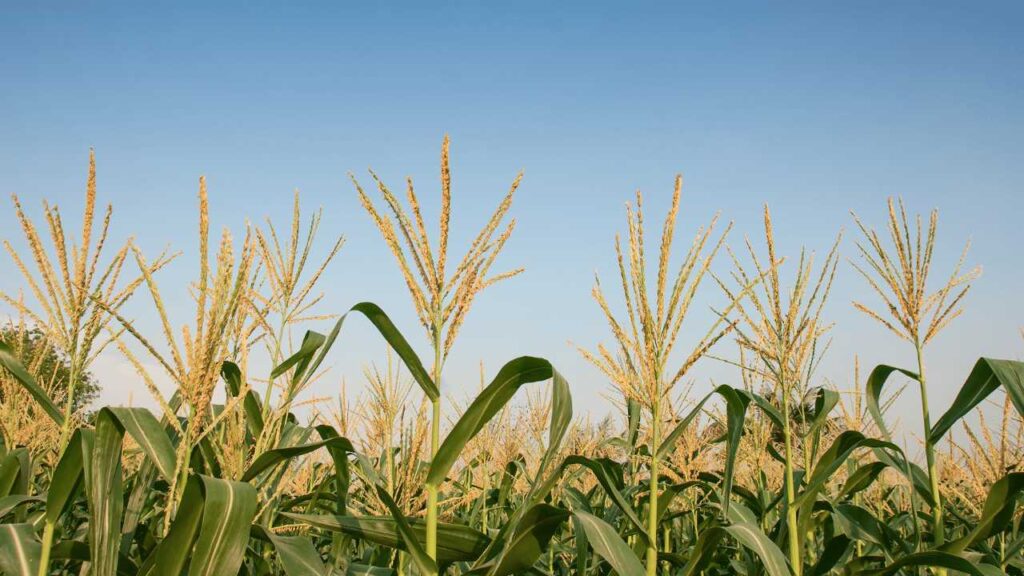
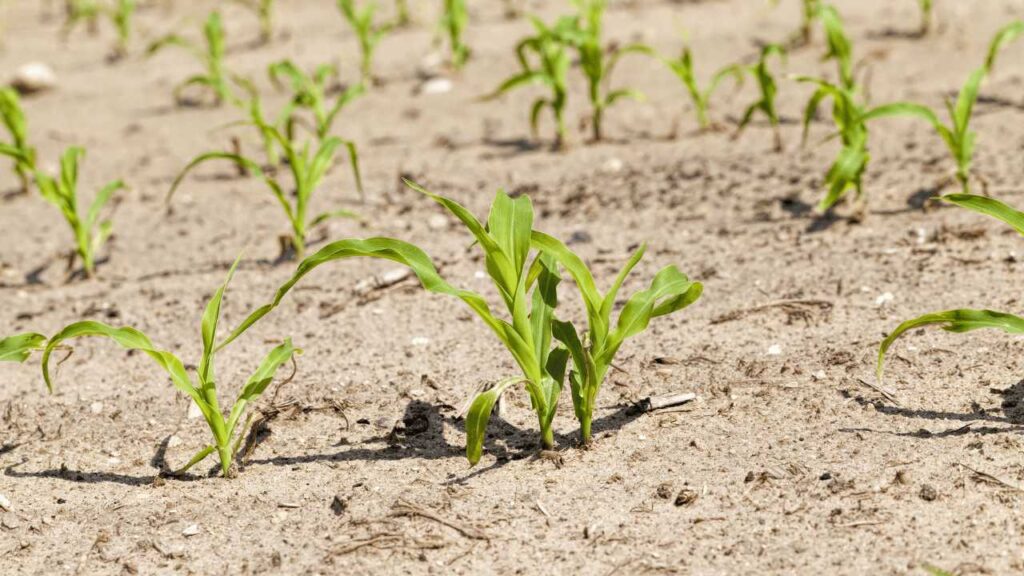

Cultivation Of Maize In Different Countries
What is Maize? or corn, is grown in many countries around the world, including Pakistan.It is also widely cultivated in countries like the United States, China, Brazil, Mexico, and India. These countries have favorable climates and agricultural practices that support maize production. Maize is a versatile crop that adapts well to different environments and can be grown in various regions across the globe. Each country may have its own specific varieties and farming methods for maize cultivation. It’s interesting to see how maize is grown in different parts of the world, contributing to global food production.

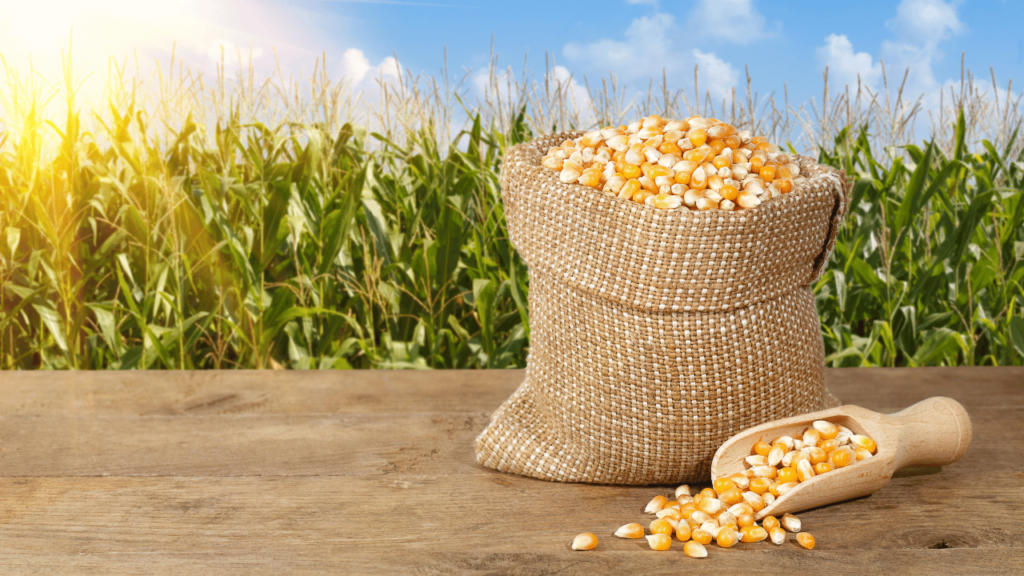
What is Maize?Maize, or corn, is indeed found in Pakistan. It is one of the major crops grown in the country. Maize cultivation is widespread, especially in regions with suitable climatic conditions for its growth. Farmers in Pakistan cultivate maize for various purposes, including human consumption, animal feed, and industrial use. Maize plays a significant role in the agricultural sector of Pakistan, contributing to food security and economic growth.
Uses Of Maize in Food
Humans consume maize in various forms, such as cornflakes, cornmeal, popcorn, and tortillas. Maize is used as food in different ways, which are explained below:
- Corn on the Cob: One of the popular ways to enjoy maize is by grilling or boiling corn on the cob. The kernels are juicy and sweet, and you can slather them with butter, sprinkle some salt, and savor the flavors.
- Cornmeal: Maize is ground into cornmeal, which is used to make a variety of dishes. It’s a key ingredient in cornbread, tortillas, and tamales. Cornmeal can also be used to make porridge, pancakes, and even desserts like corn pudding.
- Popcorn: Maize kernels can be heated until they pop, creating a light and crunchy snack. You can enjoy it plain or add flavors like butter, caramel, or cheese.
- Cornflakes: Maize is processed into cornflakes, a popular breakfast cereal. It’s a nutritious and convenient way to start the day.
- Cornstarch: Maize is ground into a fine powder called cornstarch, which is commonly used as a thickening agent in soups, sauces, and gravies.
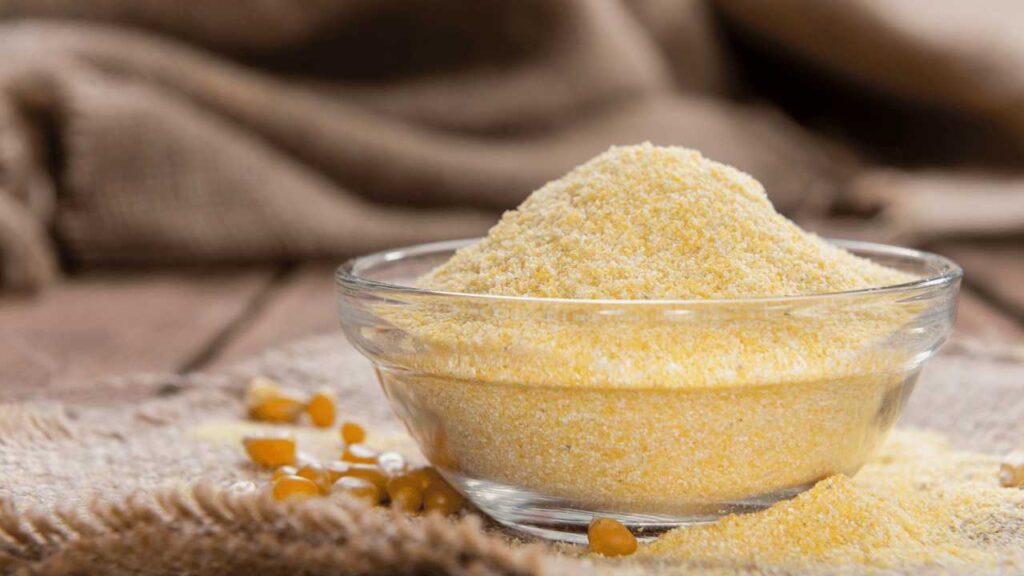

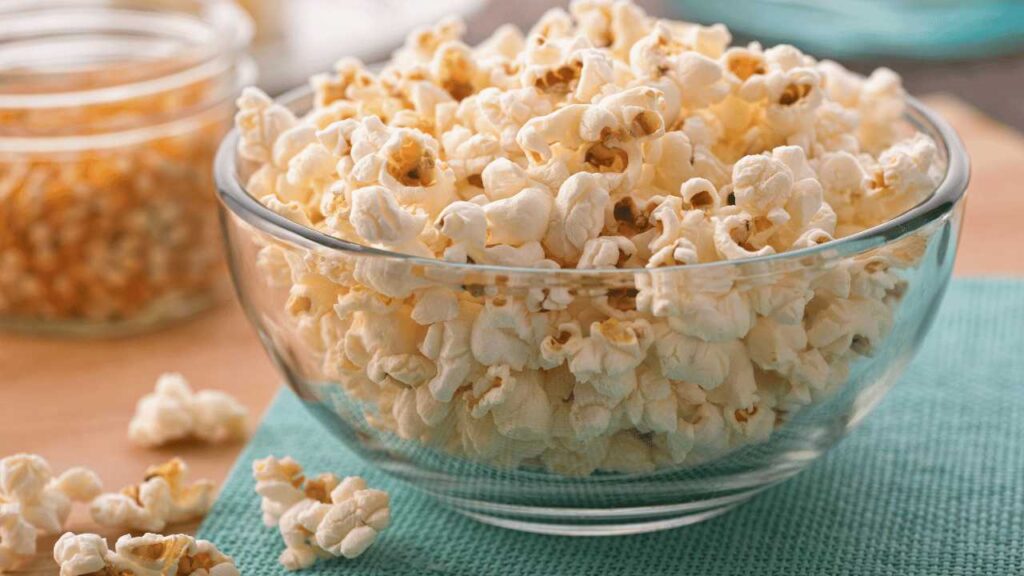
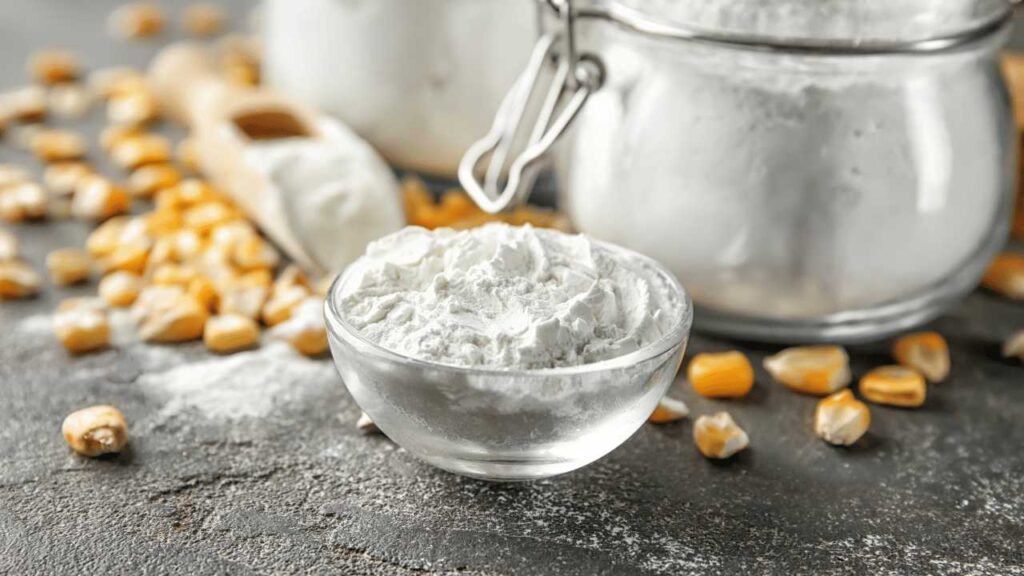

Uses Of Maize In Animal Feed
Maize is a major component of animal feed, providing nutrition to livestock and poultry. It is widely used as animal feed due to its nutritional value. Here are some details on how maize is used as animal feed:
- Whole Maize: Animals like chickens, pigs, and cattle can consume whole maize kernels as part of their diet. It’s a great source of energy and can be fed as a primary feed or as a supplement.
- Maize Silage: Maize plants can be harvested and ensiled, creating maize silage. This is a fermented feed that is commonly fed to dairy cows and other ruminants. It’s high in energy and helps meet their nutritional requirements.
- Maize Meal: Maize is also processed into maize meal, which is used in animal feed formulations. It can be mixed with other ingredients like soybean meal, vitamins, and minerals to create a balanced diet for animals.
- Byproducts: Maize processing generates byproducts like maize bran and distillers’ grains, which are used as animal feed ingredients. These byproducts provide fiber, protein, and other nutrients.
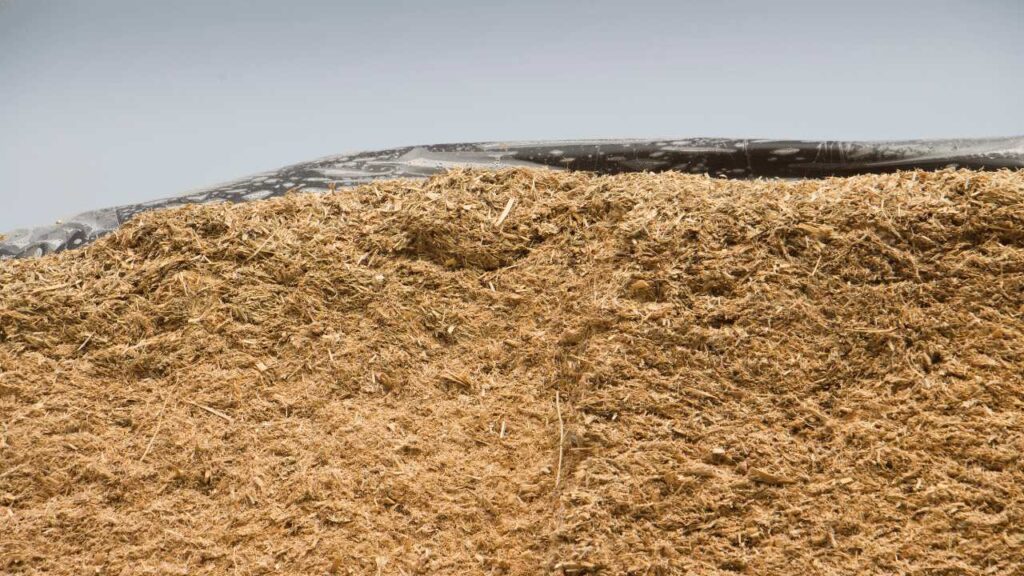

By incorporating maize into animal feed, farmers can ensure that their livestock and poultry receive the necessary nutrition for growth, health, and productivity. It’s an important component of animal nutrition.
Maize is a crop with a wide range of industrial uses. One of its major uses is in the production of ethanol, which is used as a biofuel. The starch in maize is converted into sugar and then fermented to produce ethanol, which is used in vehicles and as an additive in gasoline.
Uses Of Maize In Industry
Maize is also processed to extract corn starch, which has various industrial applications. It is used in the production of paper, textiles, adhesives, and several food products. Corn starch is also used as a thickening agent in industrial processes.
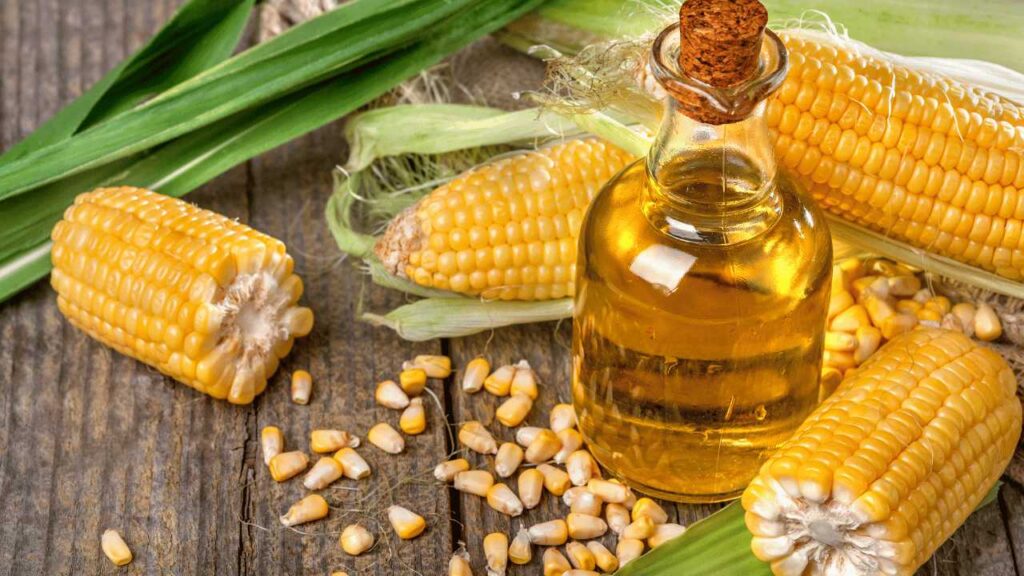
Maize kernels contain oil, which is extracted and used for cooking, as a biodiesel fuel, and in various other industrial applications. Corn oil is utilized in the production of margarine, salad dressings, and other food products.
Maize is also used in the industrial production of animal feed, providing nutrition to livestock, poultry, and other animals.
Maize As Sweetener
Maize is the primary source of high fructose corn syrup, a sweetener used in many processed foods and beverages. Corn syrup is made by processing maize starch to convert it into glucose, which can be used as a sweetener in various food and beverage products. High fructose corn syrup is widely used in the food industry as a sweetener in soft drinks, candies, and processed foods.
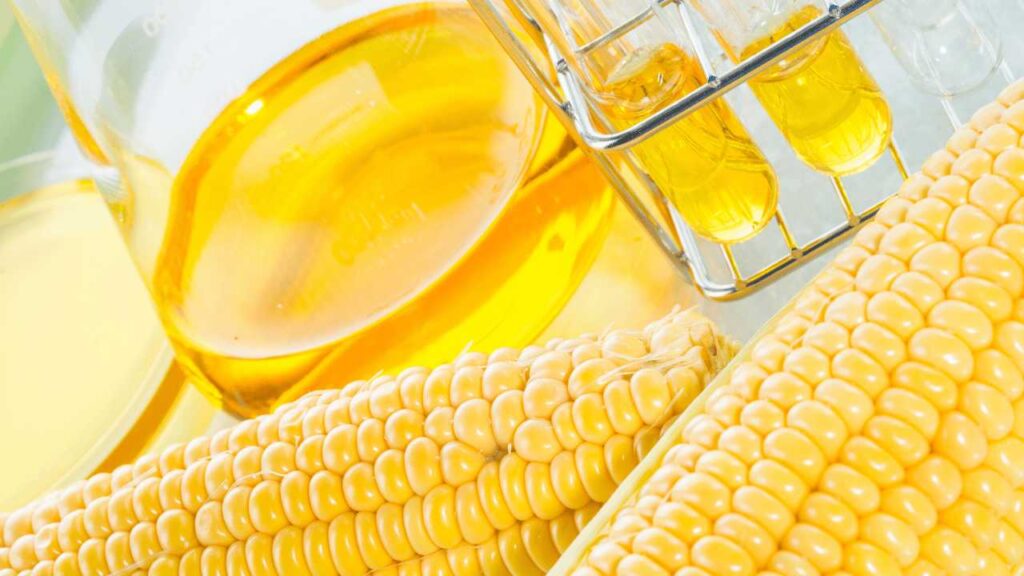

Maize in BioMaterial
Maize is also used in the production of bioplastics, biodegradable packaging materials, and other eco-friendly products. Maize starch can be processed to create biodegradable and renewable plastics, which can be used as an alternative to traditional petroleum-based plastics. Additionally, maize is a rich source of starch, which can be converted into sugar and then fermented to produce ethanol, a renewable energy source.
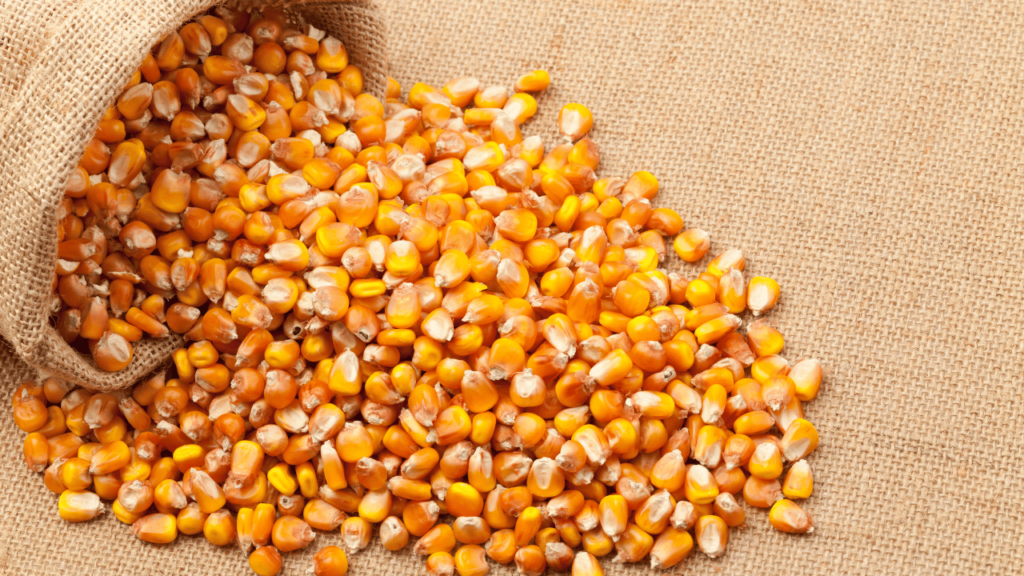
Nature Gives Man Corn But He Must Grind It. God Gives Man Will But He Must Make The Right Choices.
The use of maize in different industries helps reduce our reliance on non-renewable resources and contributes to more sustainable and environmentally friendly alternatives. It’s important to note that excessive consumption of sweeteners, including corn syrup, should be moderated as part of a balanced diet. It’s always a good idea to enjoy sweet treats in moderation.